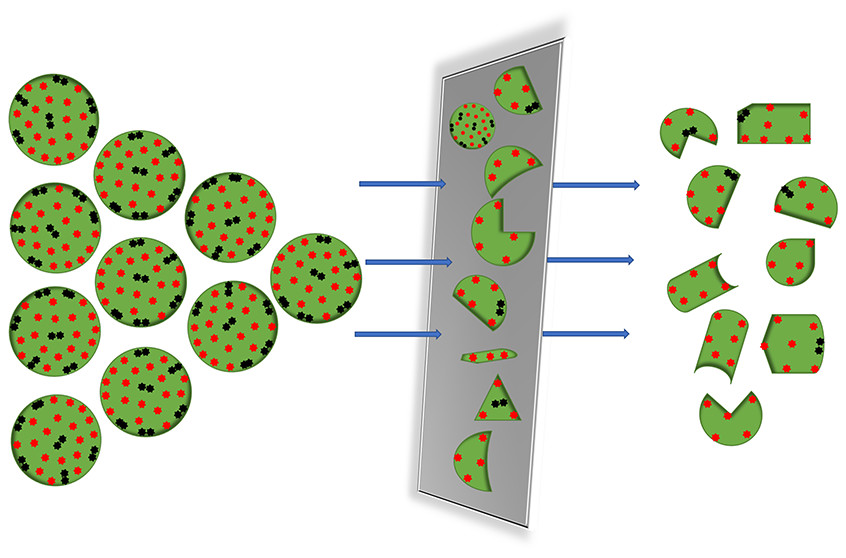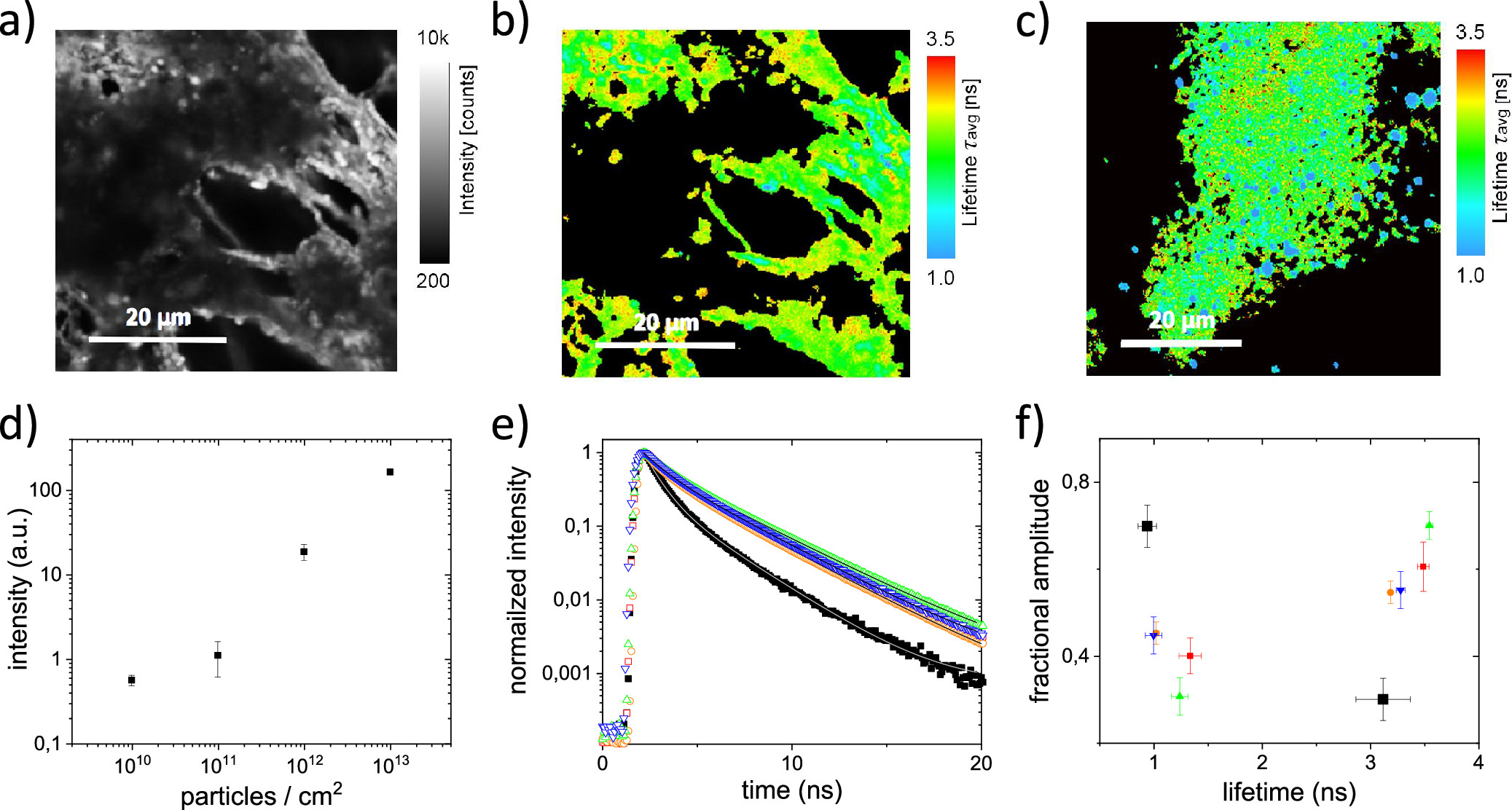January 29, 2024
Researchers from the Netherlands have developed and demonstrated a new method of quantifying and characterizing antiviral properties of polymer-functionalized surfaces for virus filtration and inactivation. Specifically, a polyethylenimine (PEI)-coated poly(ether sulfone) (PES) micro-filtration membrane was used to adsorb, inactivate, as well as disassemble virus capsids. Using fluorescence microscopy, spectroscopy, and single particle counting, only a small fraction (1%) of intact viruses can pass through the membrane, and a large fraction of viruses became inactivated and disassembled. Not only does the virus adsorb onto the PEI coating, it also interacts with PEI to disassemble the virus capsid. This new method provides a simpler and faster quantification and characterization technique for virus filtration and inactivation in the medical and biological world.


In this single particle counting design with fluorescence microscopy, researchers benefited from Wavelength Electronics’ laser diode driver, LD5CHA, with worry-free setup and easy integration. The LD5CHA enabled precise current control of the laser diode with minimal electronic noise from the driver. As noise could contribute to any false positive readings, lower electrical noise may lead to better spectra recordings and data analysis. The peak fluorescence wavelength red- or blue-shifted by ~3 nm for intact or disassembled virus particles, and the laser driver ensured narrow linewidth from the laser diode for precise detection of the fluorescence spectra.
The complete case study is available as CS-LD10.

